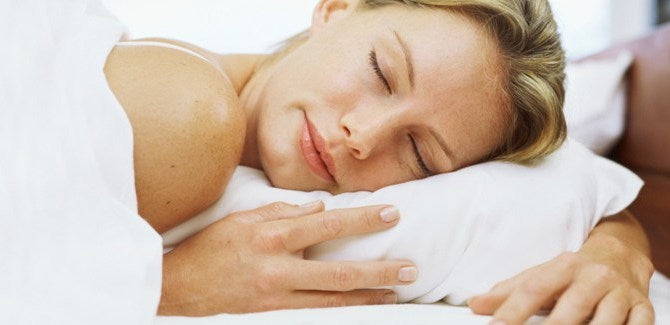Some sleep positions may help treat back pain and ensure a good night's sleep.Low back pain will not only prevent you from getting a good sleep, but also make the existing pain worse.
Poor sleep posture may even be the root cause of lower back pain. This is because some positions may put unnecessary pressure on the neck, hips and back.
When lying in bed, it is important to keep the spine naturally bent. One can do this by making sure the head, shoulders and hips are aligned and properly supporting the back. The best way is usually to sleep in bed.
However, many people are uncomfortable lying on their backs or find it makes them snore. Everyone sleeps differently, so there are many options for people who want to sleep better and relieve back pain.

For people suffering from lower back pain at night, try the following postures and techniques that may help.
1. Supine with knee support
Lying on your back is often considered the best sleeping position for a healthy back. This position distributes the weight equally over the entire length of the largest surface of the human body. It also minimizes pressure points and ensures good alignment of the head, neck, and spine. A small pillow under the knee provides extra support and helps keep the spine naturally bent.
To take this sleep position, you also should:
- Lie on your back facing the ceiling and avoid twisting your head sideways.
- Place pillows to support the head and neck.
- Put a small pillow under your knee.
- For extra support, fill the space between the body and the mattress with extra pillows (for example, under the lower back).
Although side lying is a popular and comfortable sleeping position, it can pull the spine out of position. This will strain the lower back. It's easy to correct this. Any person lying on his or her side can put a firm pillow between his or her knees. This raises the thighs and restores the natural alignment of the hips, pelvis, and spine.
To take this sleep position, one should:
- Go to bed and roll carefully to one side.
- Place pillows to support the head and neck.
- Pull up your knees a little and put a pillow between them.
- For extra support, use more pillows, especially at the waist, to fill the gap between the body and the mattress.
- People who are used to sleeping in front may also want to try putting large pillows on their chest and abdomen to help sleep and keep their backs aligned.
Curved fetal posture may help people with herniated discs.For people with disc herniation, the position of curling up the fetus may bring relief at night. This is because lying on the side of the knee reduces the curvature of the spine and helps to open the joints.
- To take this sleep position, one should:
- Go to bed and roll carefully to one side.
- Place pillows to support the head and neck.
- Pull the knee up toward the chest until the back is relatively straight.
Lying on the front of the body is often considered the worst sleep position. But for those who find it difficult to sleep in another position, placing a thin pillow under the stomach and buttocks can help improve the alignment of the spine. Head to head sleep may also benefit people with disc herniation or disc degeneration.
To take this sleep position, one should:
- Go to bed in front of them.
- Place a thin pillow under the abdomen and buttocks to raise the middle section.
- Use a flat pillow for the head or consider not sleeping.
Another reason sleeping in front is considered bad is because the head usually turns to one side. This distorts the spine and puts extra pressure on the neck, shoulders and back.
To avoid this, try lying face down. You can use a small, strong pillow or tightly rolled towel to support your forehead and give yourself breathing space. You can also place a pillow under your stomach.


